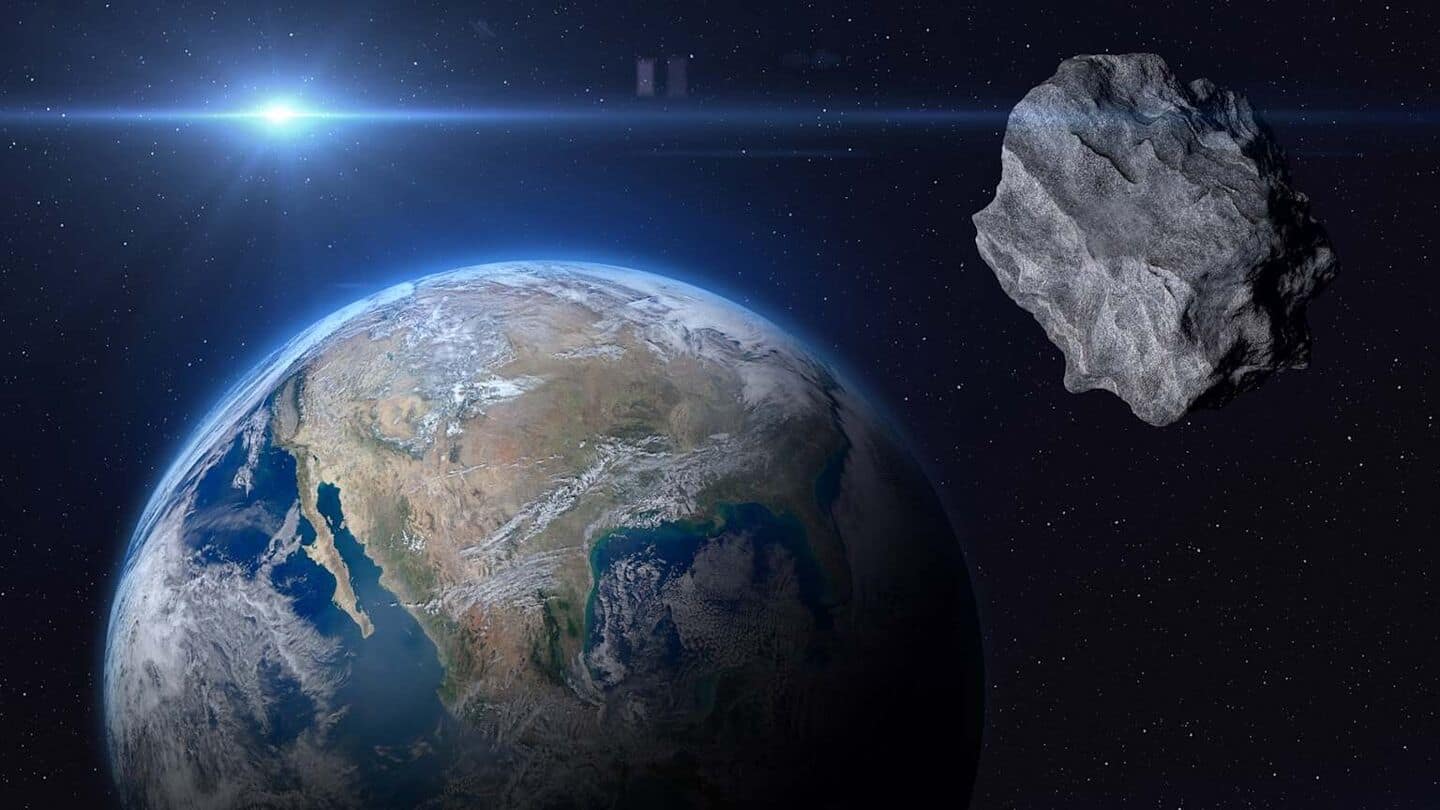
250-foot asteroid is zooming past Earth today—Should you worry?
What's the story
A massive asteroid, dubbed 2015 XR1, is racing toward Earth today at a staggering speed of around 45,500km/h. The space rock is expected to pass by our planet at a distance of some 6.9 million kilometers. While that may seem like a safe distance in terms of space travel, it serves as a reminder of the hidden dangers lurking in our solar system.
Size and classification
Asteroid 2015 XR1: Size, type, and other details
Asteroid 2015 XR1 is a whopping 250-feet wide space rock, roughly the size of a 21-story building. It falls under the Apollo class of near-Earth objects (NEOs), which are asteroids that cross Earth's orbit around the Sun. These space rocks are closely monitored by NASA and other international organizations due to their potential impact on our planet's safety.
Risk assessment
Not a 'potentially hazardous' asteroid
Despite its size, 2015 XR1 is not classified as a "potentially hazardous" asteroid. To be deemed potentially hazardous, an asteroid must be over 460 feet wide and come within 7.5 million kilometers of Earth's orbit. This one just misses the size requirement but is still close enough to warrant attention from experts and space agencies alike.
Catastrophic consequences
A hypothetical scenario if the asteroid hits Earth
If an asteroid like 2015 XR1 were to hit Earth, the destruction would be unimaginable. Traveling faster than a speeding bullet, it would strike with the force of multiple nuclear bombs. The explosion could flatten a city as large as Delhi, trigger massive fires, and create shockwaves strong enough to destroy infrastructure hundreds of miles away.
Ongoing monitoring
NASA tracks such objects; many still remain undiscovered
NASA's Center for Near-Earth Object Studies (CNEOS) keeps a close eye on such objects with telescopes and radars. However, thousands of smaller asteroids remain undiscovered in the vastness of space. 2015 XR1 will miss us today, but it serves as a stark reminder that our planet is vulnerable to these cosmic threats.